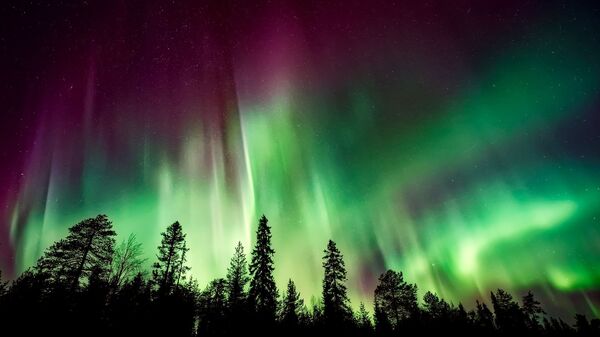Using data obtained via NASA's Time History of Events and Macroscale Interactions during Substorms (THEMIS), scientists have managed to gain new insight into the nature of auroras by studying a particular type of this phenomenon known as auroral beads, phys.org reports.
Resembling a "glowing pearl necklace" in the sky, as the media outlet describes them, auroral beads often emerge prior to large auroral displays "caused by electrical storms in space called substorms".
And while previously researchers weren't certain whether auroral beads are related to other auroral displays, THEMIS observations coupled with new computer models now provide "the first strong evidence of the events in space that lead to the appearance of these beads".
"Now we know for certain that the formation of these beads is part of a process that precedes the triggering of a substorm in space," said Vassilis Angelopoulos, principal investigator of THEMIS at the University of California, Los Angeles, adding that "this is an important new piece of the puzzle."
The models made by the researchers suggest that auroral beads are a product of “turbulence in the plasma” in space near our planet.
As Evgeny Panov, lead author on one of the new papers and THEMIS scientist at the Space Research Institute of the Austrian Academy of Sciences, explained, "these turbulences in space are initially caused by lighter and more agile electrons, moving with the weight of particles 2000 times heavier, and which theoretically may develop to full-scale auroral substorms."
According to the media outlet, scientists now seek to understand “how, why and when” the auroral beads might trigger a “full-blown substorm”.



